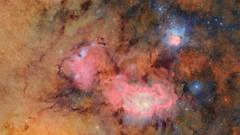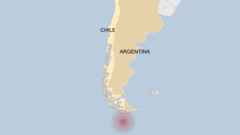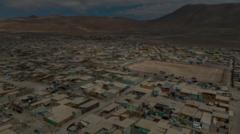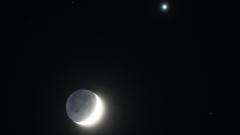Astronomers are abuzz with the discovery of 3I/Atlas, an interstellar object that may be the oldest known comet, potentially predating our solar system by three billion years. As it gets closer to the Sun, its icy surface could create a stunning display for observers on Earth.
3I/Atlas: The Potential Ancestor of Comets from Beyond Our Solar System
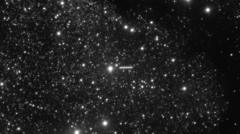
3I/Atlas: The Potential Ancestor of Comets from Beyond Our Solar System
Newly discovered interstellar object sparks excitement as researchers suggest it may be older than the solar system itself.
A newly discovered interstellar object named 3I/Atlas has captured the attention of the astronomical community, with scientists proposing it could be the oldest comet ever identified. This remarkable object, possibly three billion years older than our solar system, was first detected on July 1, 2025, by the ATLAS survey telescope in Chile, located approximately 670 million kilometers from the Sun.
Presented at the UK’s Royal Astronomical Society meeting in Durham, the preliminary findings suggest that 3I/Atlas may ultimately be found to be over seven billion years old. Matthew Hopkins, an astronomer from Oxford University who recently completed his PhD, expressed excitement about the discovery, highlighting its potential significance as an ancient interstellar visitor.
While studying the object's trajectory, researchers believe it originated from the Milky Way's 'thick disk,' a region dense with ancient stars. The team theorizes that, given its presumed formation around an old star, the comet is likely composed mainly of water ice. As 3I/Atlas approaches the Sun, the heat is expected to create spectacular jets of vapor and dust, producing a glowing tail as seen in traditional comets.
Co-author Professor Chris Lintott stated that this is a unique opportunity to observe an object from an unprecedented region of the galaxy, with roughly a two-thirds chance that 3I/Atlas predates the solar system itself. This comet will be visible from Earth later this year with the aid of amateur telescopes.
Before 3I/Atlas, only two interstellar objects had been identified: 1I/'Oumuamua in 2017 and 2I/Borisov in 2019. As the astronomical community excitedly prepares to utilize the powerful Vera C Rubin telescope in Chile later this year, scientists are optimistic that this instrument might uncover between five and fifty new interstellar entities.


